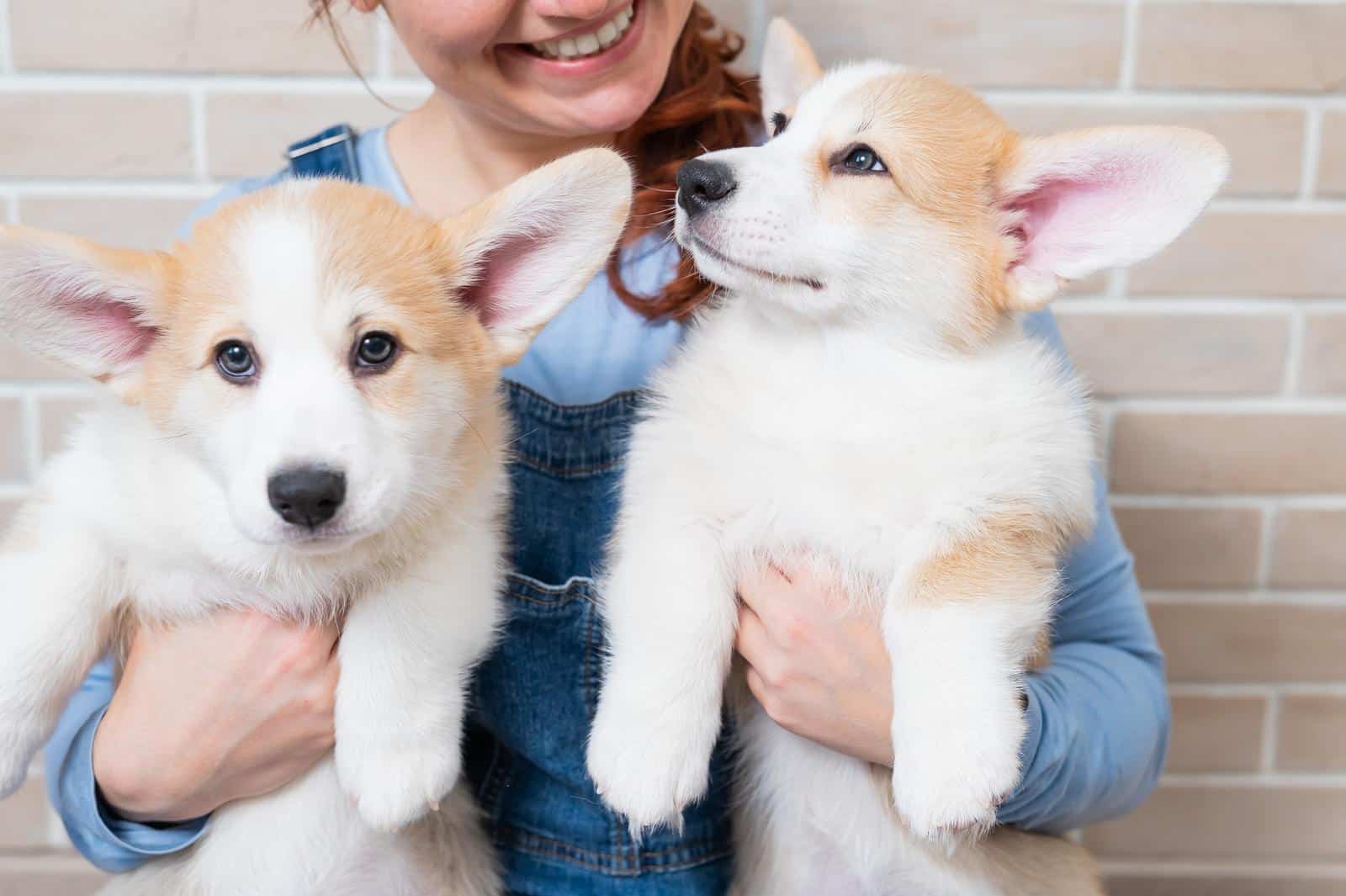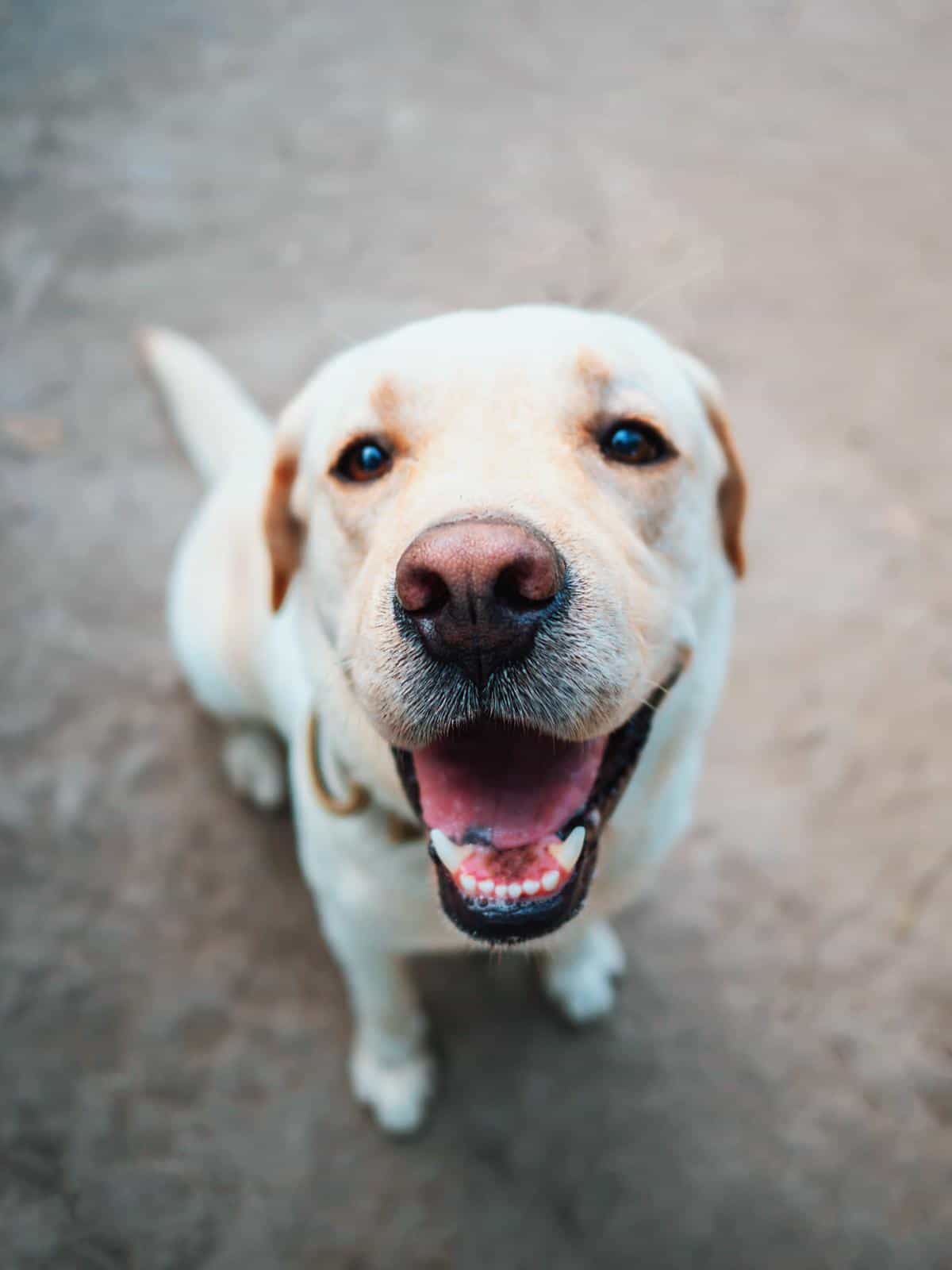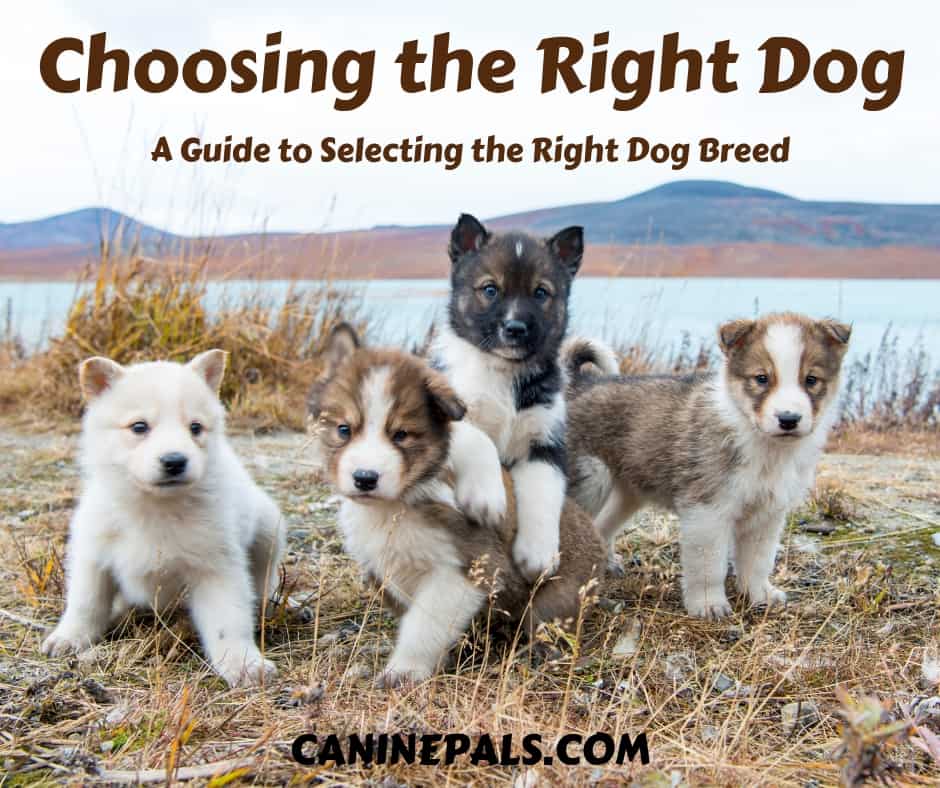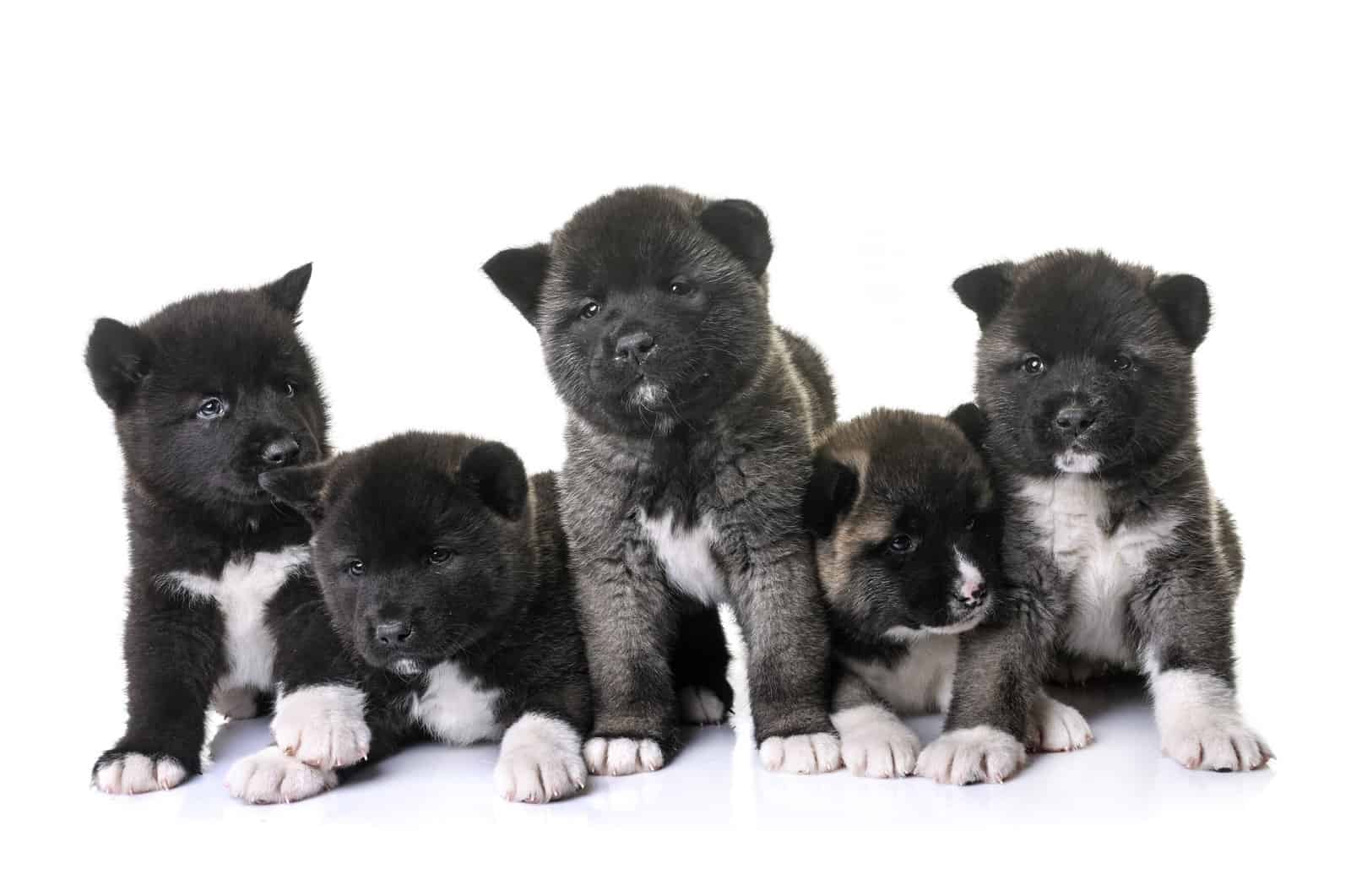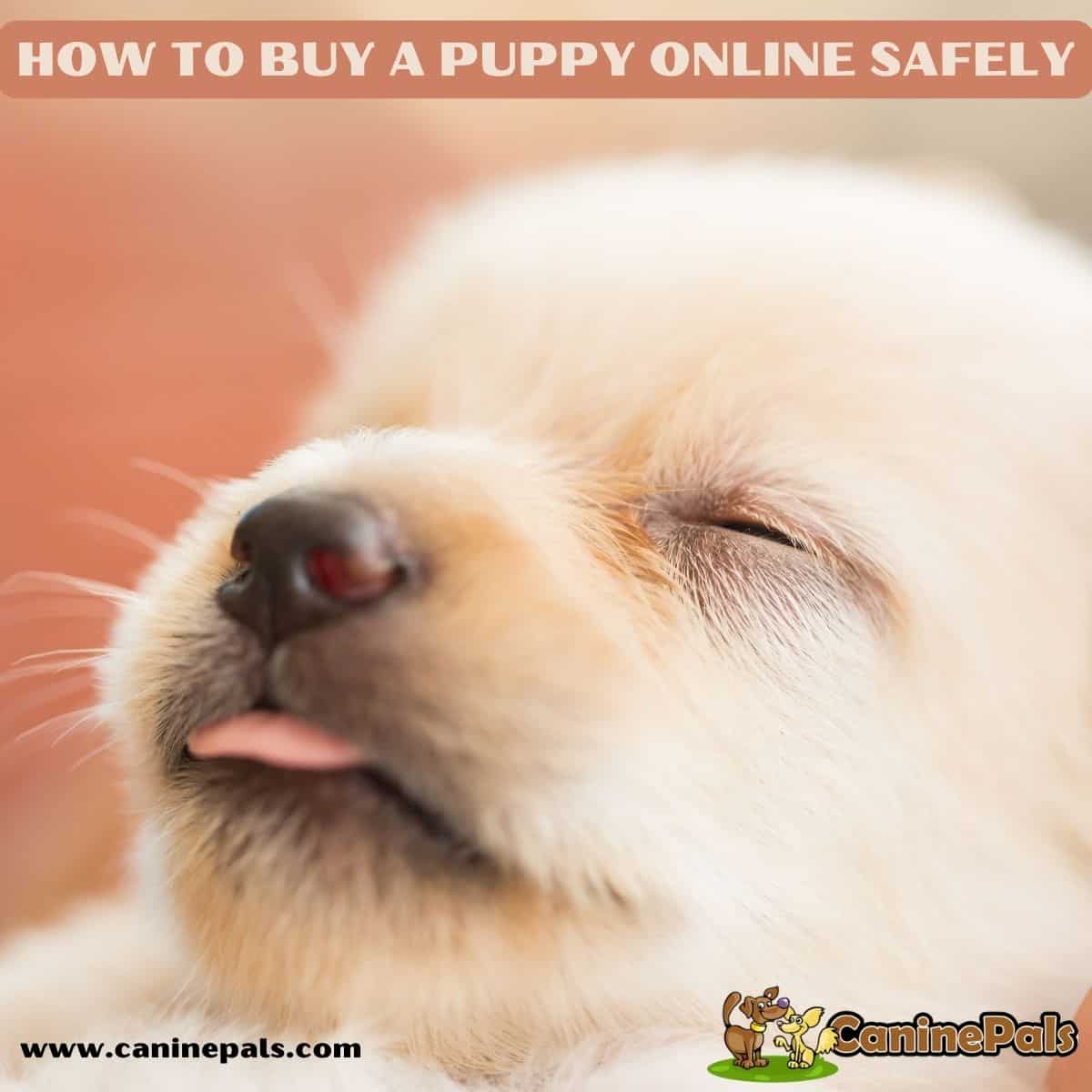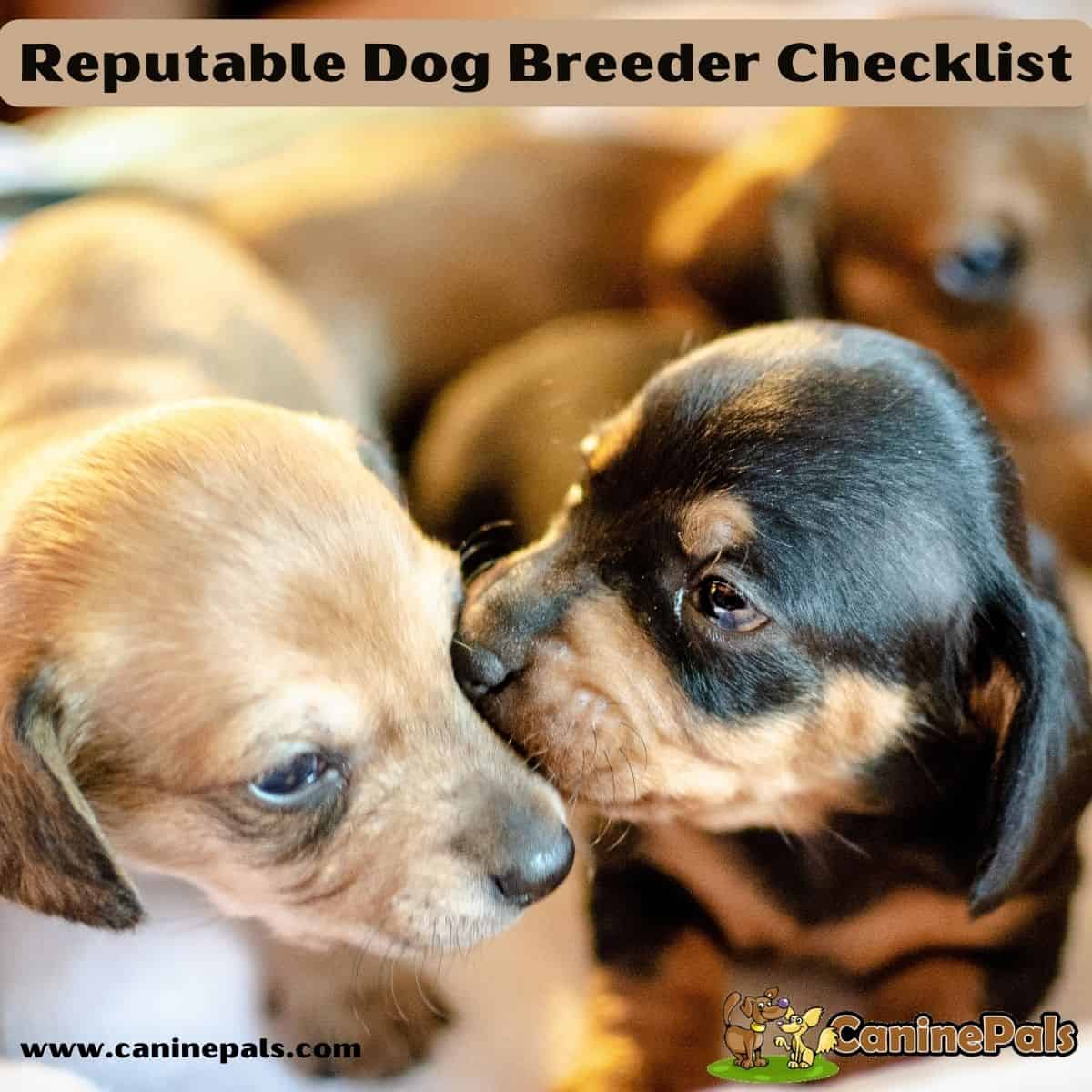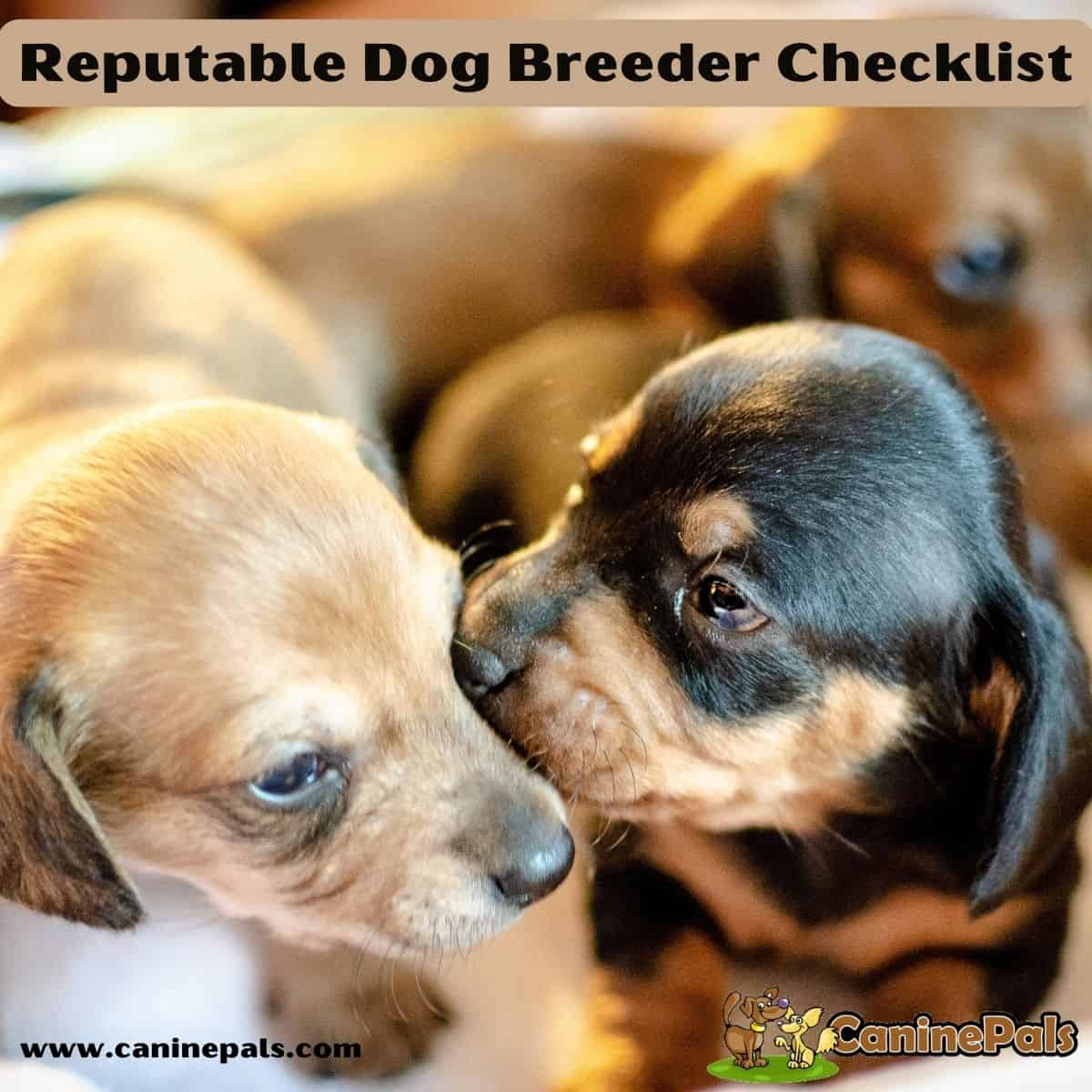Ready to make a furry addition to your family this holiday season? Who is better than man’s best friend? But before you add puppies and pups-in-training, consider the pros and cons of having a pup in tow.
Discover all that comes with taking home your new “best bud” for Christmas – it could be just what you all ordered!
If you’re thinking of watching your family open a special gift this Christmas morning, the surprise of an adorable puppy can create lasting memories. But it’s important to remember that caring for a new pet is not just an exciting moment but also comes with responsibility.
If you’re considering giving the gift of a puppy this holiday season, ensure you understand what goes into providing the best care and support for them.
This blog post will look at tips for bringing home your new pup and all that entails preparing for their arrival.
From choosing the right dog breed to establishing routines and setting up their space, we’ll cover it all so that you, as a pet parent, are armed with information to help ensure that both your family and pup enjoy many happy years together!

Should You Get A Puppy For Christmas?
- Getting a puppy for Christmas can be an exciting and rewarding experience, but it also requires responsibility.
- Before purchasing a puppy, evaluate the type of dog ideal for your family and talk to breeders about their dogs’ characteristics, temperaments, and health clearances.
- Consider the pros and cons of getting a new pet: puppies grow bigger than expected; they must be house-trained; they bark often; they require expensive food/vet bills/grooming services, dog training, obedience training; they need lots of attention & playtime with owners.
- The pros include companionship (unconditional love) from small or large breeds, such as Pomeranians or Labradors, who may compete in competitions when appropriately trained.
Are you considering getting a puppy for Christmas? It’s a great idea that can bring so much joy and love to your home during this special time of year. But before you dive into the excitement of Christmas puppies, consider a few important things.
First, ensure you have a cozy new home ready for your new furry family member. Creating a safe and comfortable space is essential for their well-being and happiness.
When getting a puppy for Christmas, involving your family members is crucial. Make sure everyone is on board and ready to take on the responsibilities of being pet parents. A new puppy will be a long-term commitment, so everyone must be prepared for the journey ahead.
An essential part of puppy ownership is potty training. Be prepared to invest time and effort into teaching them where to do their business. It may take patience, but your pup will learn quickly with consistency and positive reinforcement.
One crucial aspect to consider when getting a puppy for Christmas is where you source them from. Avoid puppy mills at all costs and opt for a reputable breeder or local animal shelter. This ensures you’re bringing home a healthy and well-cared-for puppy.
During the festive season, there may be new people and excitement around. While this can be exciting, remember that your new furry friend may need time to adjust. Give them space and time to warm up to new faces and experiences.
As Christmas day approaches, remember that puppies are not just Christmas presents or decorations. They are living beings that require much time, attention, and care. Ensure you’re fully committed to being a responsible pet parent beyond the holiday season.
If you need help deciding which breed to choose, take your time to research different dog breeds. Every breed has unique characteristics and care requirements, so finding the right fit for your family is crucial.

Beware of the Drawbacks of Getting a Puppy for Christmas
- Many people consider getting a puppy for Christmas for many reasons. Puppies are fun to play with and give you and your family unconditional love. A puppy should never become part of your family on an impulse purchase.
- A puppy should not be confused with a toy or other material possessions. It’s not something to be enjoyed or used when you want to, so set it aside until you want to play with it again.
- The holiday season is an incredibly hectic time of year. For most people, this time of year is too busy to consider the extra responsibility of purchasing a new puppy. The right puppy should never be acquired with haste, emotion, or impulse.
- Evaluating the type of puppy ideal for your family will require time. Further time will be required to talk to breeders to discover more about their dogs’ characteristics, temperaments, and health clearances. Puppy purchasers are often required to wait months for the ideal puppy.
- The selection process is vital because adding a dog to your family is a long-term commitment. One of the worst decisions you could make is buying a puppy for Christmas simply because it’s cute and on offer.
- Buying a puppy is much more than a simple purchase. You need to commit time, money, and a lot of planning to ensure that your puppy is cared for in the best possible way and that all his needs are met. Otherwise, you may end up selling or giving him away because you can’t cope with all the demands he puts on you.
- There are lots of ramifications to owning your very own puppy. While it may be a great idea, the novelty can soon wear off if you don’t plan properly. Here are the pros and cons of buying a puppy and all that entails (no pun intended.)

The Pros and Cons of Getting a Puppy for Christmas
- We’ll start with the many cons. Whether you love small dogs, big dogs, Pomeranians, Labradors, Chihuahuas, Poodles, Terriers, Great Danes, or any of the many other breeds available, you have to remember that a puppy won’t always stay the size he is when you first introduce him to your family home.
- They get BIGGER!!! Some breeds get bigger than others, but you need to consider whether you have the space to care for a full-grown dog. Do you have a decent-sized backyard or live in a high-rise apartment block? Your puppy may not need lots of open space, but the adult dog will, so he can run around all day and wear himself out.
- Puppies must be house-trained. If you have expensive carpets in your home, you may want to think twice because accidents will happen, especially in the early weeks or even months. They don’t mean it, but unless you train them well, they’ll do it wherever they want to until the training kicks in.
- Puppies bark…some more than others. Some bark for no reason and others bark whenever there’s a noise or just for attention. If you have a baby, this may not fit your home best. Having a baby and then getting a new puppy is like having two babies, but each has to be cared for differently.
- You must puppy-proof your home because puppies will chew on anything within reach. Socks, shoes, newspaper, the mail, kids’ toys, carpets and rugs, cushions on the couch, pillows, bedding, underwear, and even things around your Christmas tree. So everything needs to be kept permanently out of the puppy’s reach except for the toys you must keep buying him because he’ll destroy them all quickly.
- Now it’s time to consider your budget because your puppy will put a big dent in it. You need to register your puppy, get him desexed, buy him food and bowls for food and water, learn about dog nutrition to ensure you’re buying the right foods, and pay vet bills whenever he gets sick or has a problem that needs attention.
- He needs bedding and a setup for him to sleep in. This could be an outside small dog house or a crate. It depends on the breed and if he will mainly be an outside or inside dog when he gets bigger.
- Your puppy will need regular grooming to ensure he stays clean. Usually, you have to pay a professional to do it properly, but you may wash it yourself to save money. Puppies love to dig holes.
- They’ll try digging under fences or wherever they smell something interesting. A puppy’s sense of smell is much greater than a human’s.
- You and your family must give your puppy lots of attention because he’ll be energetic. Play with him, take him for walks (on a leash), and generally shower him with affection because he’ll certainly shower you with unconditional love and affection all day. That’s one of the biggest pros of having a puppy or a new dog.

Puppy Love: The Pros of Getting a Puppy for Christmas
An adorable puppy is a great companion for anybody, whether you have a family or live alone. It doesn’t take much to keep him occupied, and he’ll be loyal his entire life, unlike many human friends. You decide what breed you want to get, but do your research.
If you love small dogs, a Pomeranian is a great pet. He’s intelligent, loving, friendly, and obedient, and you can even enter Pomeranians in competitions when they’re old enough and have had sufficient training.
Of course, other breeds can also do the same thing. A Labrador is a brilliant, loving pet if you prefer big dogs. That’s one reason why they’re used as Seeing Eye dogs.
It can be easier to love a young puppy than a child. They don’t talk back. They don’t need the “latest gadgets and clothes.”
They’ll love you unconditionally, and even if you scold them for something they did wrong, they have such short memories that it won’t matter. They’ll find ways to make you laugh and feel good, even if you’re stressed or depressed.
The pros list may be shorter than the cons list, but it’s just as powerful. It’s up to you whether you buy a puppy for Christmas.
But it would be best to weigh all the long-term ramifications before making that final decision about a Christmas puppy. Do as much research as possible.

Getting A Puppy for Christmas Conclusion
Last year was tough for many, and a new furry friend can bring much-needed joy to your home this Christmas. It’s the perfect time to welcome a new member into your family and make lasting memories.
Remember, a golden retriever may be adorable, but making an informed decision based on what’s best for your family and lifestyle is important. Consider space, activity level, and temperament when choosing a breed.
Regarding timing, Christmas Eve can be an ideal time to bring your new puppy home. It allows them time to settle into their new environment before the hustle and bustle of Christmas day.
Finally, reward good behavior and train your puppy using positive reinforcement. This will create a strong bond and help them grow into a well-behaved and happy companion.
So, if you’re considering getting a puppy for Christmas, follow these tips and make your family’s holiday season extra special with a new furry friend. Make sure to approach the process thoughtfully and responsibly, and soon, you’ll have a lifetime of love and companionship with your new addition.
Talk to breeders of the breed you intend to buy before you buy it. That’s the best way to get the full picture, not from some pet shop or salesperson eager to sell you any pet they have. To avoid many problems new puppy owners encounter, do not impulsively purchase that cute puppy in your local pet shop window.
Purchase your puppy from a reputable registered dog breeder—ideally, a breeder who is also an active dog show exhibitor.
If you’re considering buying a puppy for Christmas, you must weigh all the above pros and cons and research to ensure your Christmas gift isn’t returned because you can’t cope.
You owe it to yourself and your new family member to make the best choice. There’s a huge difference between visiting someone with a puppy and taking full responsibility for raising one yourself.
Copyright CaninePals.Com. All Rights Reserved.


















